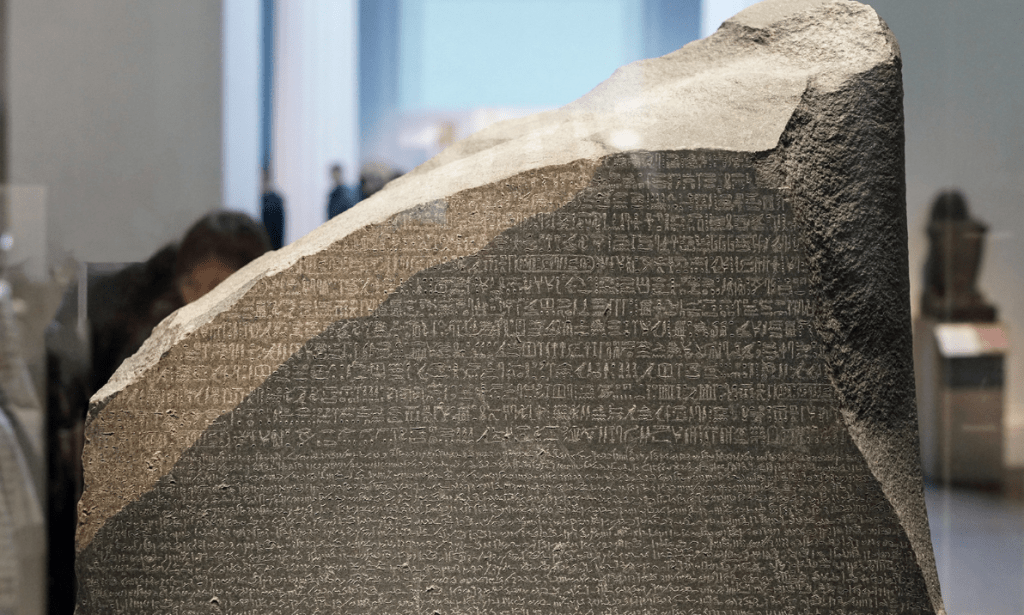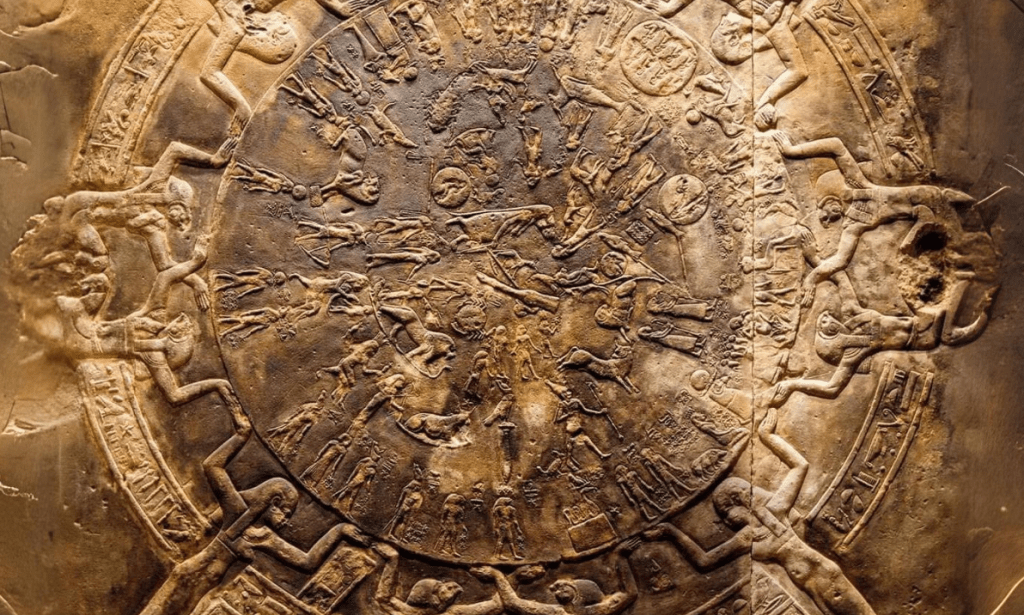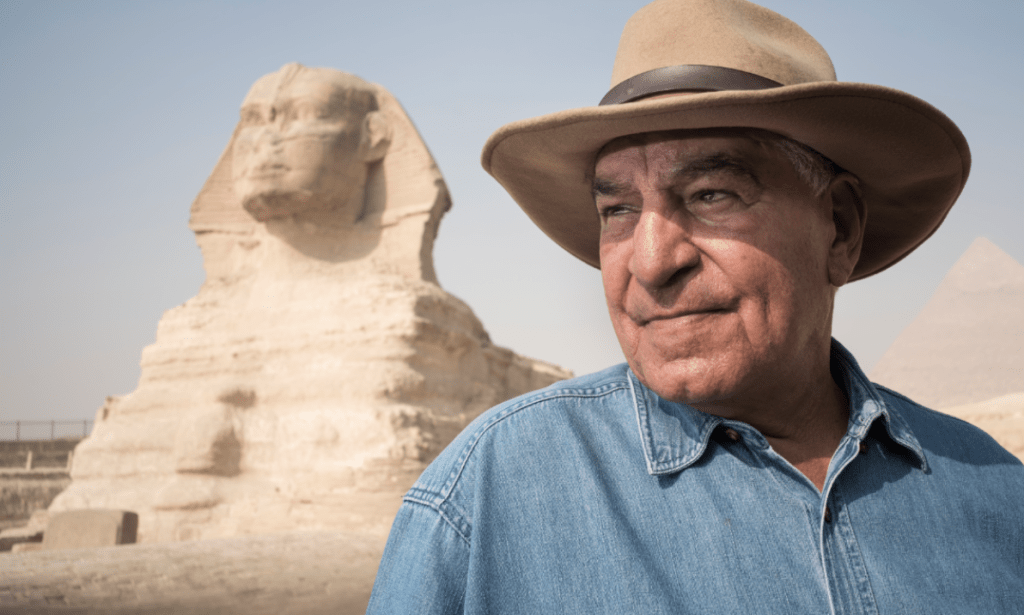Egypt probably has some of the oldest and coolest artefacts in the world. There is one major hiccup, though: many do not reside in their own homeland but rather are scattered all over the world.
That is how Egyptologist Dr. Zahi Hawass comes into the picture. Back in early July, he launched a large-scale campaign to retrieve some of the most prominent Egyptian artefacts. Let’s meet each one:
Bust of Nefertiti
The bust of Nefertiti, an enigmatic persona from ancient times, is currently housed at the Neues Museum in Berlin. Some say she was a Syrian princess, and others say she was part of the 18th Dynasty of Ancient Egypt.


Beyond her identity, her bust is considered one of Ancient Egypt’s most famous works of art. Ever since it went on display in the museum in 1923, it has been the talk of controversy and politics. Her original home was Egypt, and Hawass hopes to bring her back to her motherland.
The Rosetta Stone
One of the most important artefacts in the British Museum is probably the Rosetta Stone, which is said to hold the key to understanding Egyptian hieroglyphs. It is a tablet of black rock called granodiorite, and it has also been the topic of great controversy.


The acquisition of this very stone was tied up in the imperial battles between Britain and France and, years later, has been the subject of great debate over the rightful owner of the ancient artefact. Egypt has been fighting to bring the stone for years now.
The Dendera Zodiac
Considered the best preserved ancient depiction of the observable stars, the Dendera Zodiac is a large carved stone slab showing the constellations of the zodiac.
Today, it is housed at the Louvre in Paris, even though it was discovered years ago during Napoleon’s Egyptian campaign. Years later, Hawass is fighting to bring it back.


This is the biggest step yet in retrieving the artefacts, so there is a semblance of hope for their eventual return to their homeland



